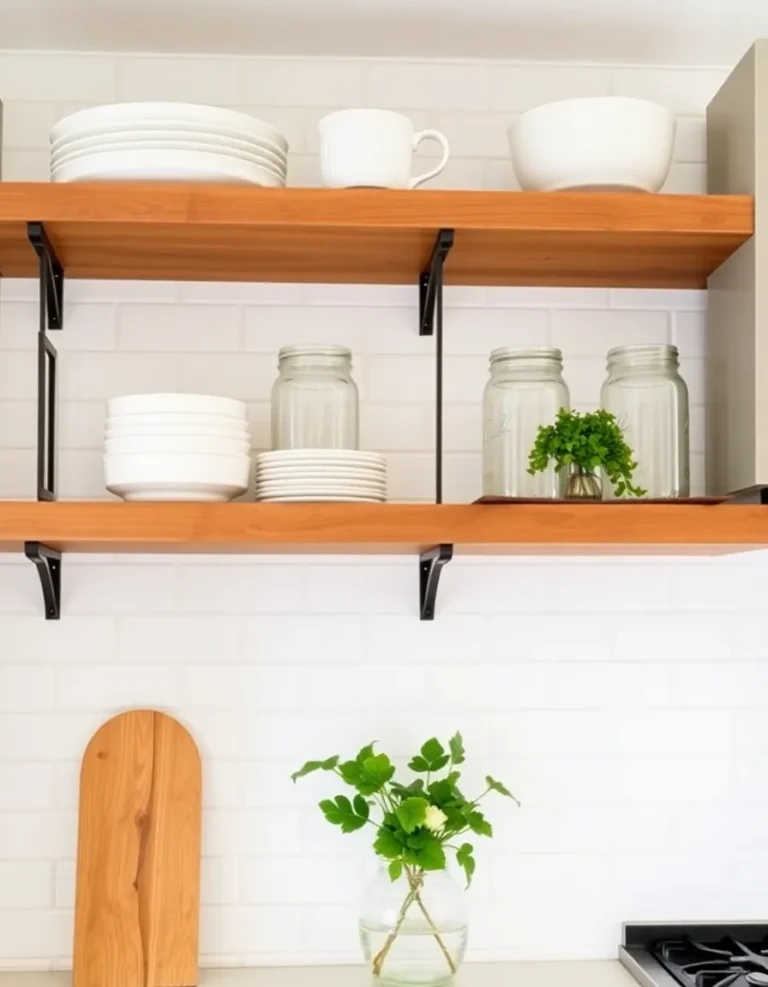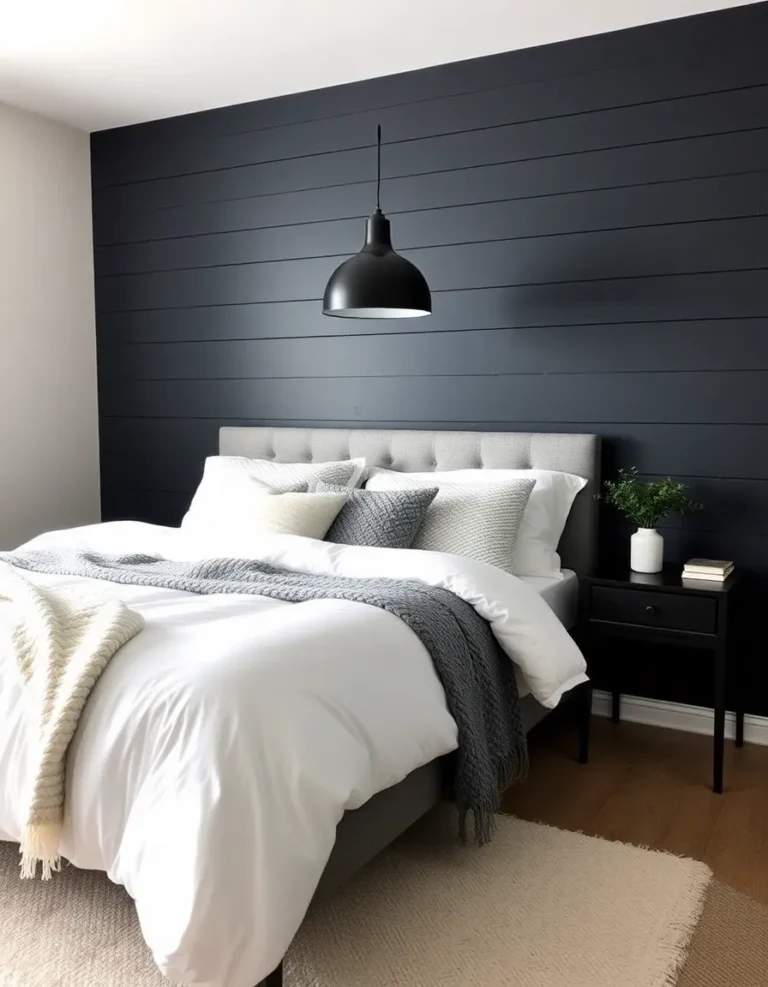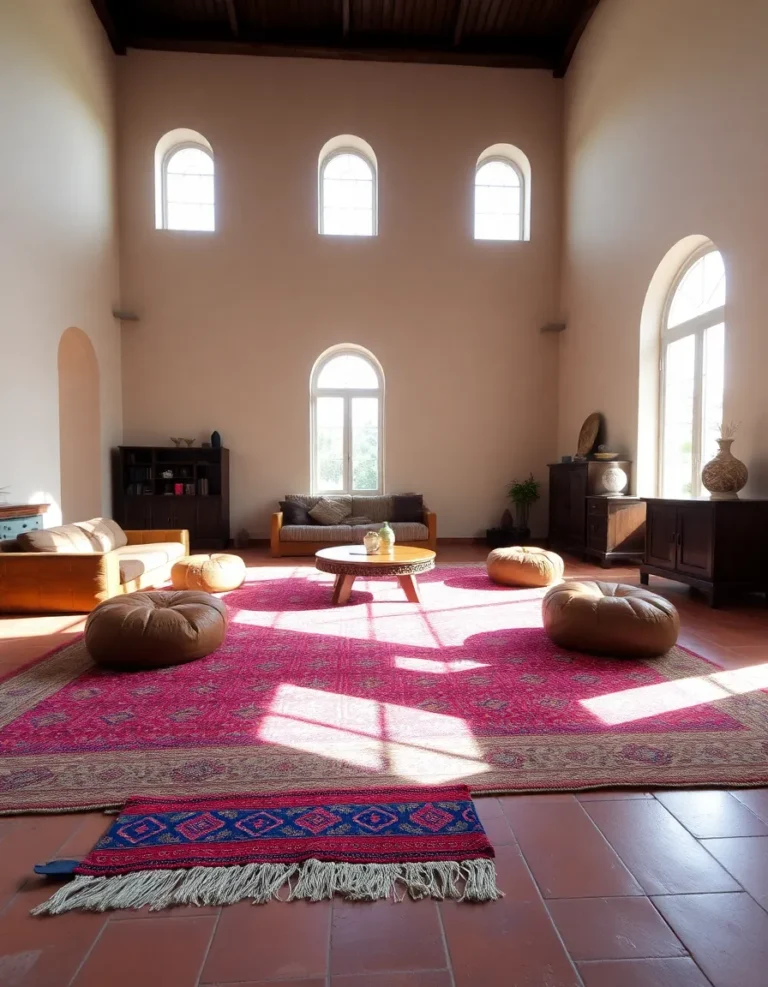Furniture Essentials: Low Beds, Hidden Storage & Clean Lines
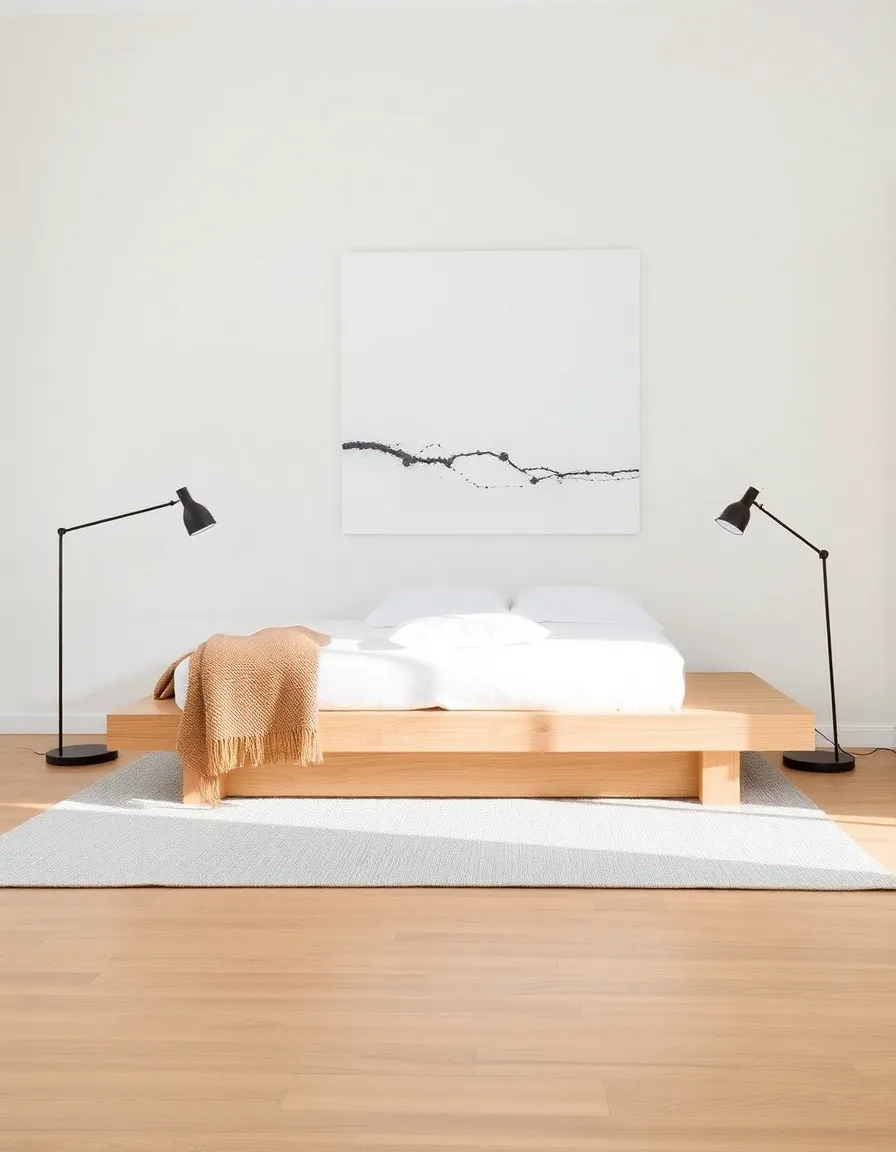
Hey there, fellow furniture lover! If you’re anything like me, you’ve spent way too much time scrolling through Pinterest, drooling over those perfectly styled bedrooms with low beds, hidden storage solutions, and sleek, clean lines. You know the ones—where everything looks effortlessly chic, like the room just *happened* to look that way (spoiler: it didn’t).
But here’s the thing: achieving that look isn’t as impossible as it seems. With the right pieces and a little know-how, you can transform your space into a minimalist dream without sacrificing functionality. And that’s exactly what we’re diving into today. Whether you’re a die-hard minimalist or just someone who appreciates a clutter-free zone, this guide will walk you through the essentials—low beds, hidden storage, and clean-lined furniture—that’ll make your space look like it belongs in a design magazine. Or at least make your friends ask, “Wait, where’d you get that?”
So, grab your favorite drink (coffee, wine, kombucha—no judgment here), and let’s get into it. By the end of this, you’ll be ready to Marie Kondo your way to furniture bliss. Or at least have a solid shopping list.
1. Low Beds: The Foundation of a Minimalist Bedroom
Let’s start with the star of the show: the low bed. There’s something undeniably cool about a bed that sits close to the ground. It’s sleek, modern, and gives your room an instant “I know what I’m doing” vibe. Plus, if you’ve ever tripped over your own bed frame in the middle of the night (just me?), a low bed is a game-changer.
But low beds aren’t just about aesthetics—they’re practical too. They make small rooms feel bigger by creating the illusion of more vertical space. And if you’re into that Scandinavian or Japanese-inspired look, a low bed is basically non-negotiable. I swapped my bulky four-poster for a low platform bed last year, and my bedroom instantly felt twice as spacious. No magic required.
Here’s what to look for in a low bed:
- Height: Aim for 12–18 inches from the floor to the top of the mattress. Any lower, and you might feel like you’re sleeping on the ground (unless that’s your thing).
- Material: Wood or metal frames with clean lines work best. Avoid anything too ornate—remember, we’re going for minimalist, not “grandma’s guest room.”
- Support: Platform beds often don’t need a box spring, which saves money and reduces bulk. Just check the slat spacing to ensure your mattress gets proper support.
Pro tip: Pair your low bed with a simple, neutral-toned duvet and some textured throws for that effortlessly layered look. And if you’re worried about storage (don’t worry, we’ll get to that), opt for a bed with built-in drawers or space underneath for bins.
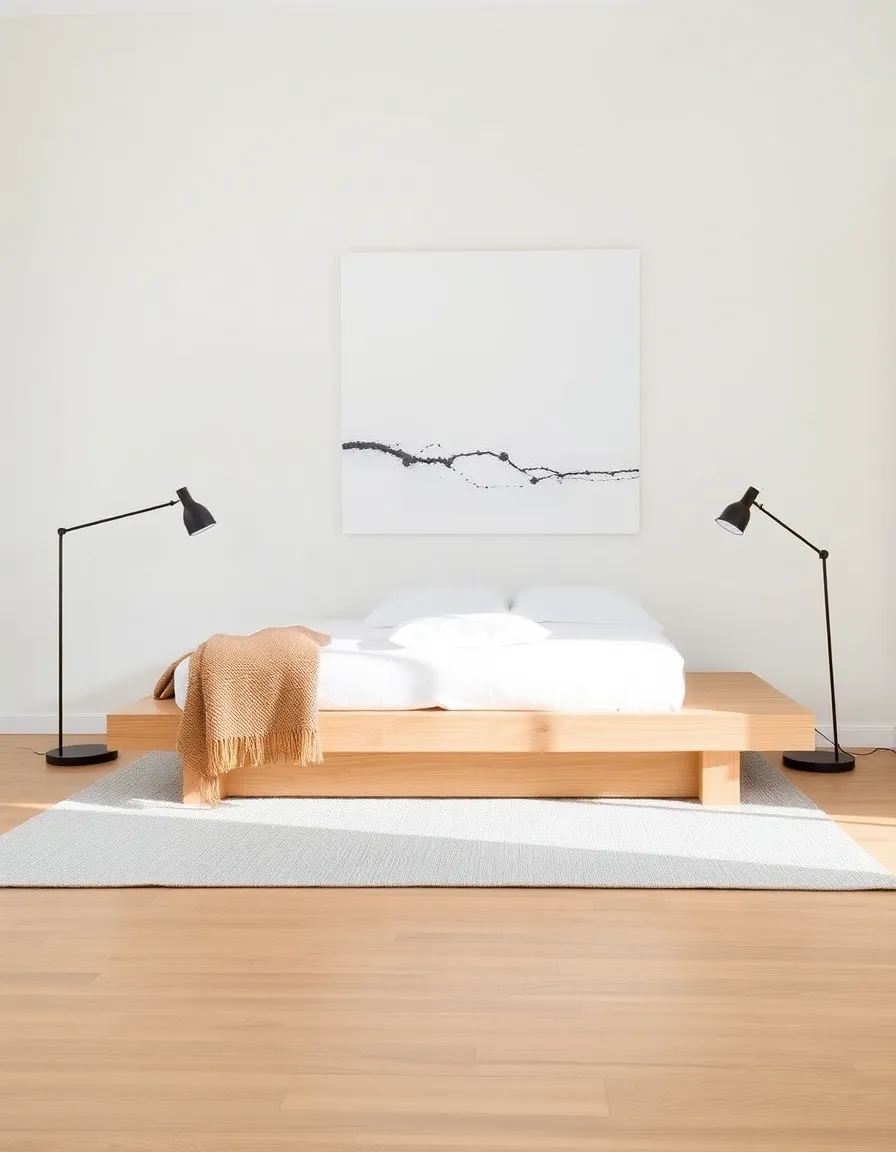
2. Hidden Storage: Because Nobody Needs to See Your Mess
Okay, let’s be real: minimalism is great until you remember you actually own stuff. Clothes, shoes, that collection of half-used candles you swear you’ll light someday—it all has to go somewhere. Enter hidden storage, the unsung hero of functional design.
Hidden storage lets you keep your space looking pristine while secretly hoarding all the things that make life comfortable. It’s like having a tidy facade with a chaotic backstage—except no one ever has to know. IMO, this is the best compromise between aesthetics and reality.
Here are some genius ways to incorporate hidden storage:
- Under-Bed Drawers: If your low bed doesn’t have built-in storage, slide some slim bins underneath. Perfect for off-season clothes or extra bedding.
- Ottomans with Secrets: A stylish ottoman that opens up? Yes, please. Use it for blankets, magazines, or that pile of charging cables you can never seem to tame.
- Floating Shelves with Baskets: Install shelves with woven baskets or fabric bins to hide clutter while keeping things accessible. Bonus: they add texture to your walls.
My personal favorite? A storage bench at the foot of the bed. It doubles as extra seating and a place to stash shoes, bags, or—let’s be honest—laundry you haven’t folded yet. No shame.
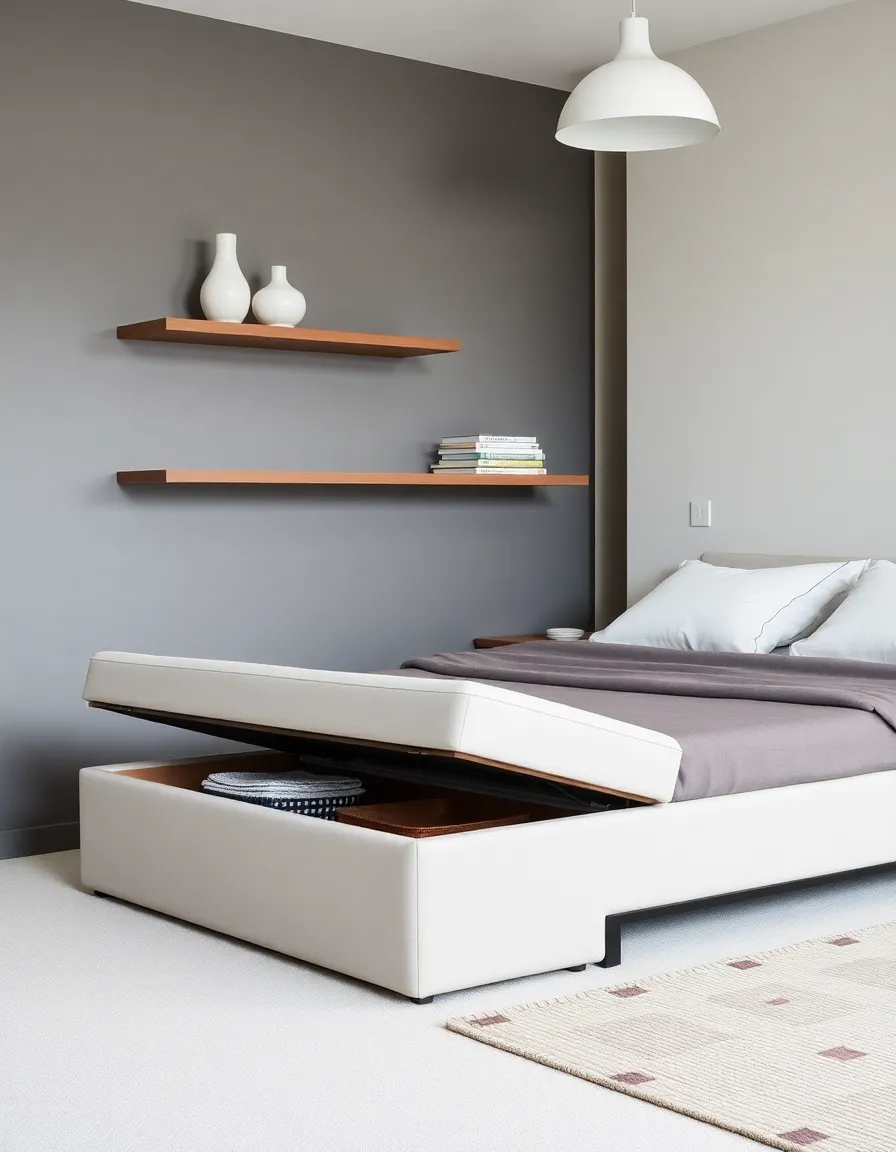
3. Clean Lines: The Secret to a Cohesive Look
Now, let’s talk about clean lines—the backbone of any minimalist space. Clean-lined furniture is all about simplicity, symmetry, and a lack of fussy details. Think straight edges, smooth surfaces, and nothing that screams “look at me!” (unless it’s a statement piece, but even then, keep it subtle).
Why does this matter? Because clean lines create visual calm. They prevent your room from feeling chaotic or overwhelming, which is especially important if you’re working with a small space. Ever walked into a room and immediately felt stressed? Chances are, it was drowning in too many curves, patterns, or mismatched styles.
Here’s how to nail the clean-lined look:
- Stick to Geometric Shapes: Square nightstands, rectangular dressers, and linear bed frames keep things cohesive.
- Avoid Ornamentation: Skip the carved wood details and intricate hardware. Opt for smooth finishes and simple pulls.
- Limit Colors: A muted palette (whites, grays, blacks, and natural woods) lets the furniture’s shape take center stage.
FYI, this doesn’t mean your space has to feel cold or sterile. Layer in soft textiles, a few well-placed plants, and maybe a piece of art with a pop of color to keep things warm. My go-to move? A super-simple desk with a single bold artwork above it. It’s minimal but far from boring.
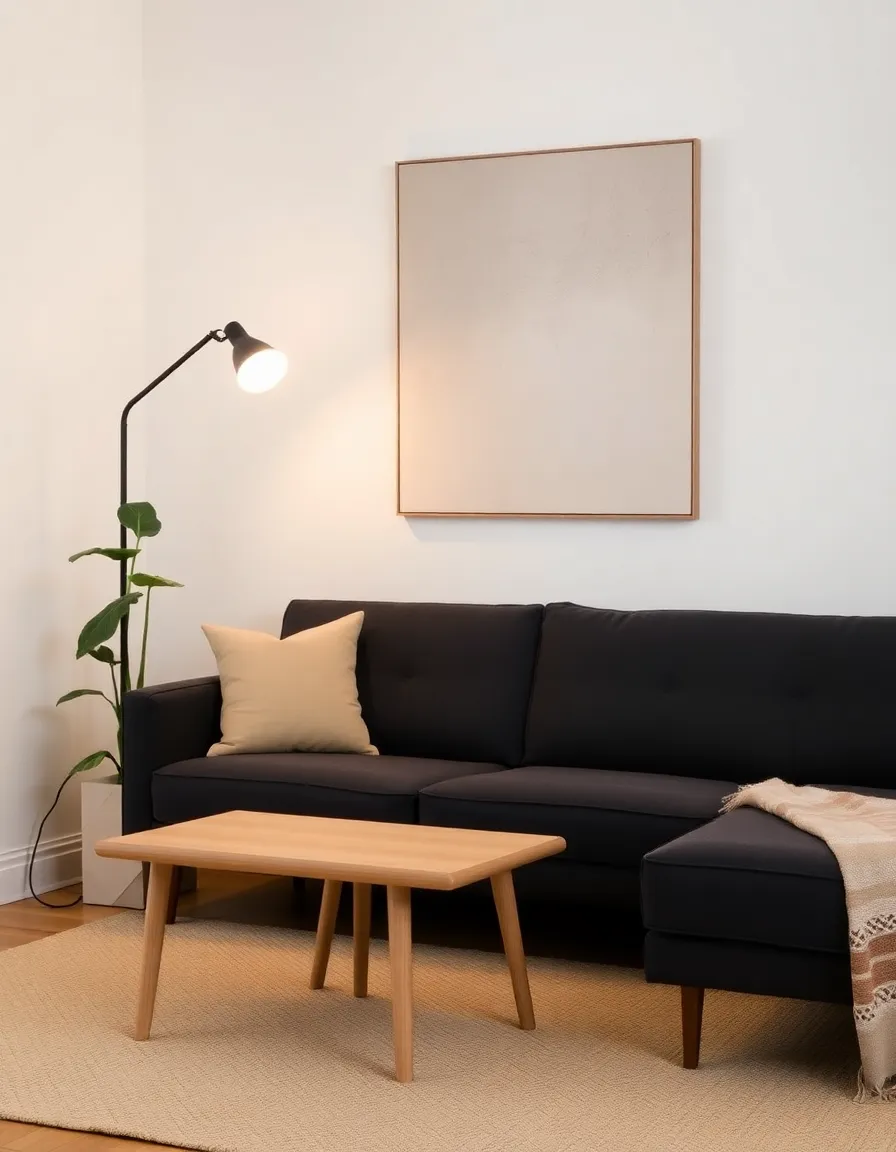
And there you have it—the holy trinity of minimalist furniture: low beds, hidden storage, and clean lines. Whether you’re starting from scratch or just tweaking your current setup, these elements will help you create a space that’s both stylish and functional. No design degree required.
So, what’s your next move? Swapping out your bed frame? Investing in some sneaky storage? Or maybe just admiring how much better your room looks in your head now? Whatever it is, remember: good design doesn’t have to be complicated. Sometimes, less really is more. (And if anyone asks, you totally meant for it to look this way.)

